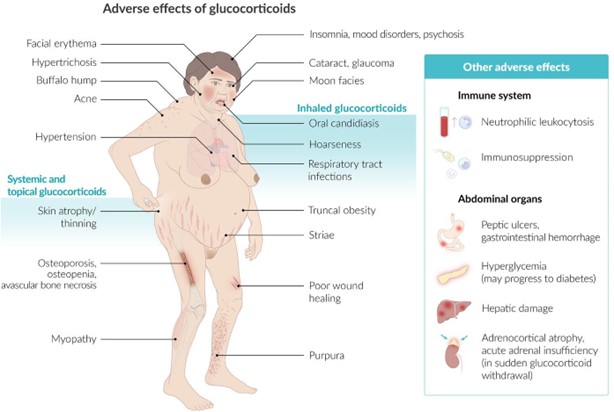A nurse has been administering mucolytic-like Hypertonic Nasal drops to an infant she has been caring for. How can she chart the effectiveness of this medication in her narrative note?
The infant tolerated the instillation of the nose drops without any shortness of breath or fever.
Saline nose drops inserted Infant cried a small amount
The infant tolerated the insertion of saline nose drops well
Saline nose drops were inserted into both nares.
Large random breath respirations 26/minute.
Correct Answer : A,C,D
"The infant's nasal congestion appeared to improve following the administration of hypertonic nasal drops. The infant tolerated the insertion of saline nose drops well, with no signs of distress or adverse reactions. The nasal passages appeared clearer after the instillation, and the infant's breathing appeared less congested. There was no significant increase in respiratory rate or other signs of respiratory distress observed. The intervention seemed to have a positive effect on the infant's nasal congestion."
This statement indicates that the mucolytic medication (hypertonic nasal drops) was administered and had a positive effect on the infant's nasal congestion. It also mentions that the infant tolerated the procedure well without any adverse reactions, such as shortness of breath or fever. The absence of distress or adverse symptoms and the observed improvement in nasal congestion indicate the effectiveness of the medication in the nurse's narrative note. The additional information about the saline nose drops and respiratory rate may not directly address the effectiveness of the mucolytic medication and can be documented separately if necessary.
Nursing Test Bank
Naxlex Comprehensive Predictor Exams
Related Questions
Correct Answer is C
Explanation
White coating in the mouth: A white coating in the mouth could be a sign of a fungal infection such as oral thrush. Fluticasone, which is a corticosteroid, can increase the risk of developing fungal infections. Therefore, the nurse should instruct the client to report any signs of oral thrush or other unusual changes in the mouth, such as white patches or discomfort, to the provider.
Prompt identification and treatment of oral thrush are necessary to prevent its progression and ensure effective management of the client's condition.
Dry oral mucous membranes: Dry oral mucous membranes are not typically associated with fluticasone/salmeterol use. However, if the client experiences persistent or severe dryness in the mouth or any other unusual oral symptoms, it should be reported to the provider. Dry mouth can sometimes occur as a side effect of medications or indicate other underlying issues that need to be addressed.
Sedation: Sedation is not a common side effect of fluticasone/salmeterol. If the client experiences excessive drowsiness or sedation that interferes with their daily activities, it may be important to report this to the provider. While sedation is not a typical adverse effect of this medication, individual responses can vary, and it is essential to ensure appropriate monitoring and management.
Increased appetite is not typically associated with fluticasone/salmeterol use. It is not a commonly reported adverse effect of the medication. However, if the client experiences significant and unexplained changes in appetite that are concerning or persistent, it may be worth mentioning to the provider during a follow-up appointment or as part of ongoing monitoring.

Correct Answer is D
Explanation
Diphenhydramine is an antihistamine medication that can cause sedation as a side effect. Taking most of the daily dose at bedtime can help minimize daytime sedation. By taking the medication closer to bedtime, the sedative effects are more likely to occur during sleep, reducing the impact of sedation during waking hours.
The other options mentioned are not effective strategies to minimize daytime sedation caused by diphenhydramine:
A. "Distribute the doses evenly throughout the day": This approach may lead to a consistent level of sedation throughout the day and may not effectively minimize daytime sedation.
B. "Gradually decrease the dose once tolerance to the effect is reached": Gradually decreasing the dose of diphenhydramine is not a recommended strategy for minimizing daytime sedation. It is important to follow the prescribed dose and consult with a healthcare provider before making any changes to the medication regimen.
C. "Take the medication with meals": Taking diphenhydramine with meals may help reduce the risk of stomach upset but does not directly address the issue of daytime sedation.
Whether you are a student looking to ace your exams or a practicing nurse seeking to enhance your expertise , our nursing education contents will empower you with the confidence and competence to make a difference in the lives of patients and become a respected leader in the healthcare field.
Visit Naxlex, invest in your future and unlock endless possibilities with our unparalleled nursing education contents today
Report Wrong Answer on the Current Question
Do you disagree with the answer? If yes, what is your expected answer? Explain.
Kindly be descriptive with the issue you are facing.
